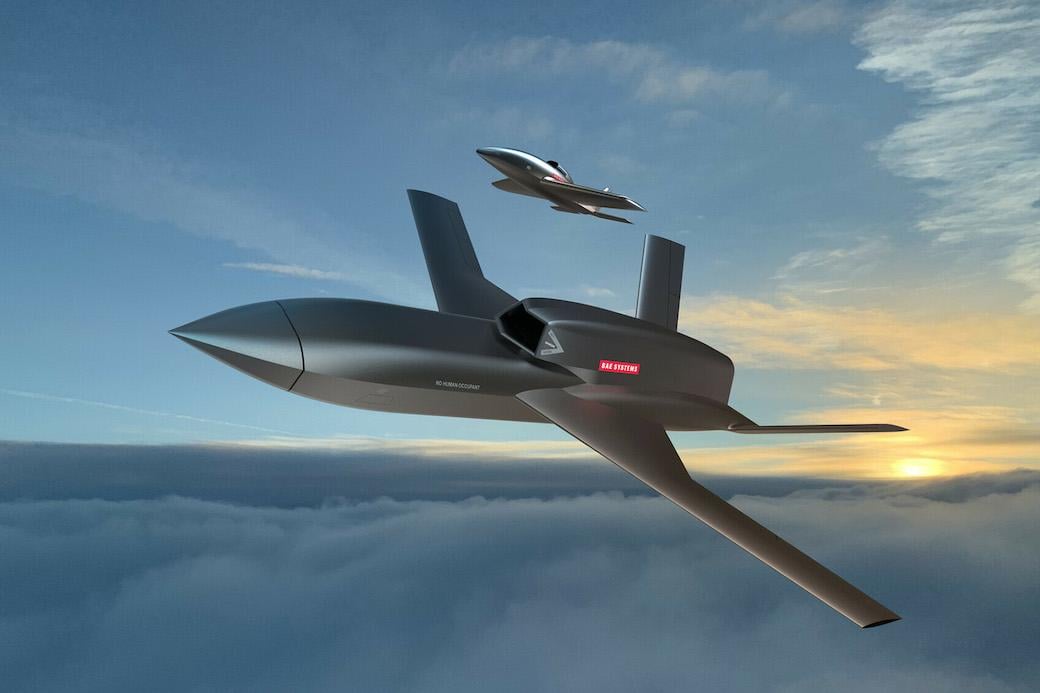
Credit: BAE Systems
WARTON, England—BAE Systems has established a new division to lead the company’s rapid and agile technology developments in the air domain. The company’s FalconWorks—formally launched July 10—is BAE’s answer to Lockheed Martin’s Skunk Works or Boeing’s Phantom Works, but will work differently...
Subscription Required
This content requires a subscription to one of the Aviation Week Intelligence Network (AWIN) bundles.
Schedule a demo today to find out how you can access this content and similar content related to your area of the global aviation industry.
Already an AWIN subscriber? Login
Did you know? Aviation Week has won top honors multiple times in the Jesse H. Neal National Business Journalism Awards, the business-to-business media equivalent of the Pulitzer Prizes.





